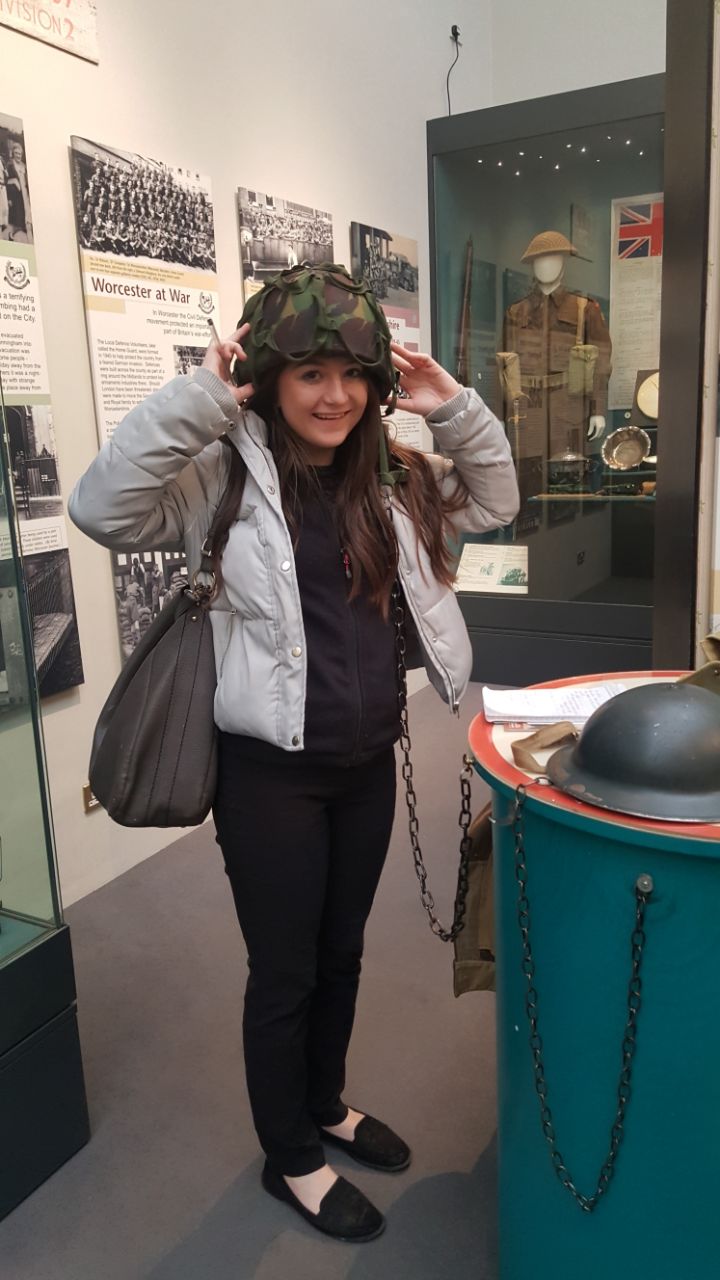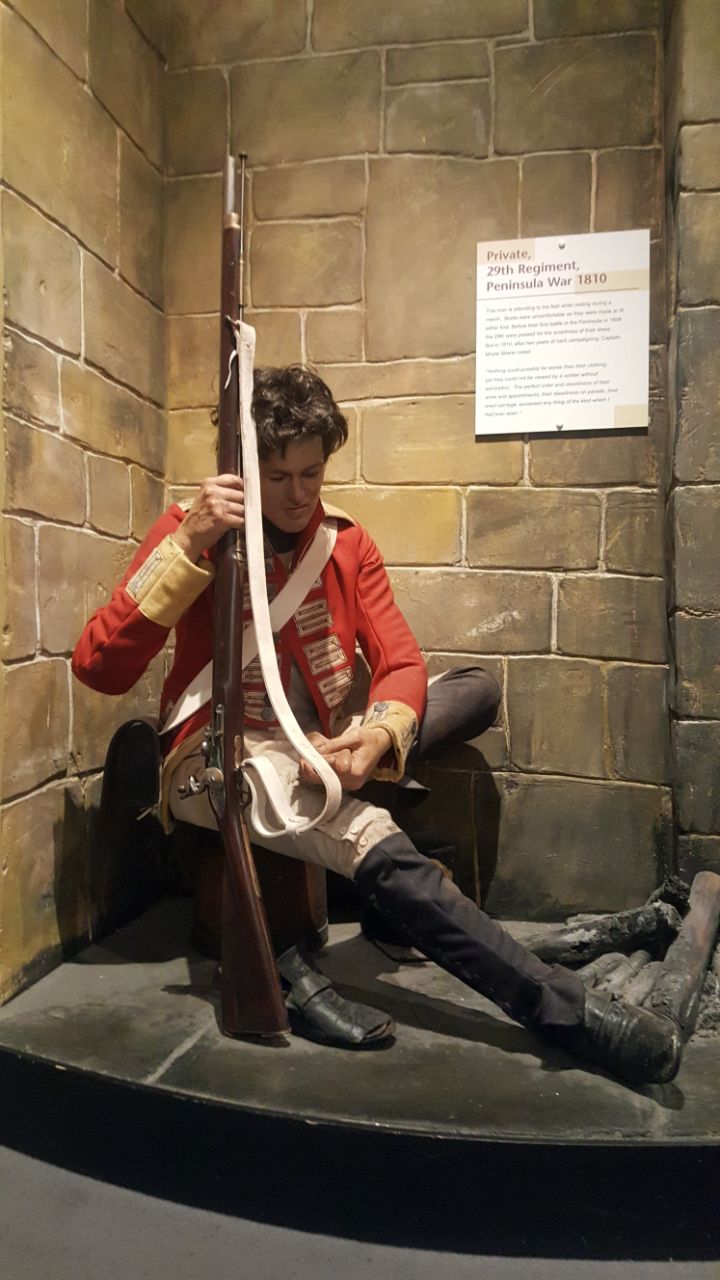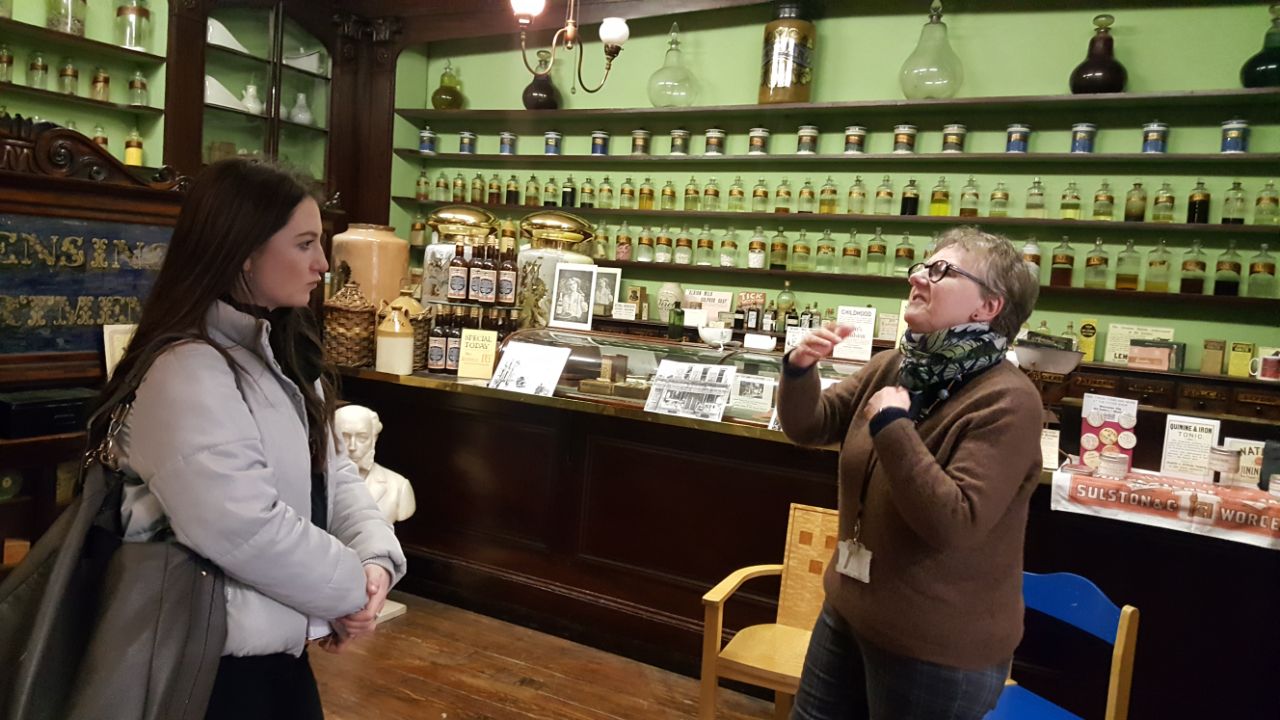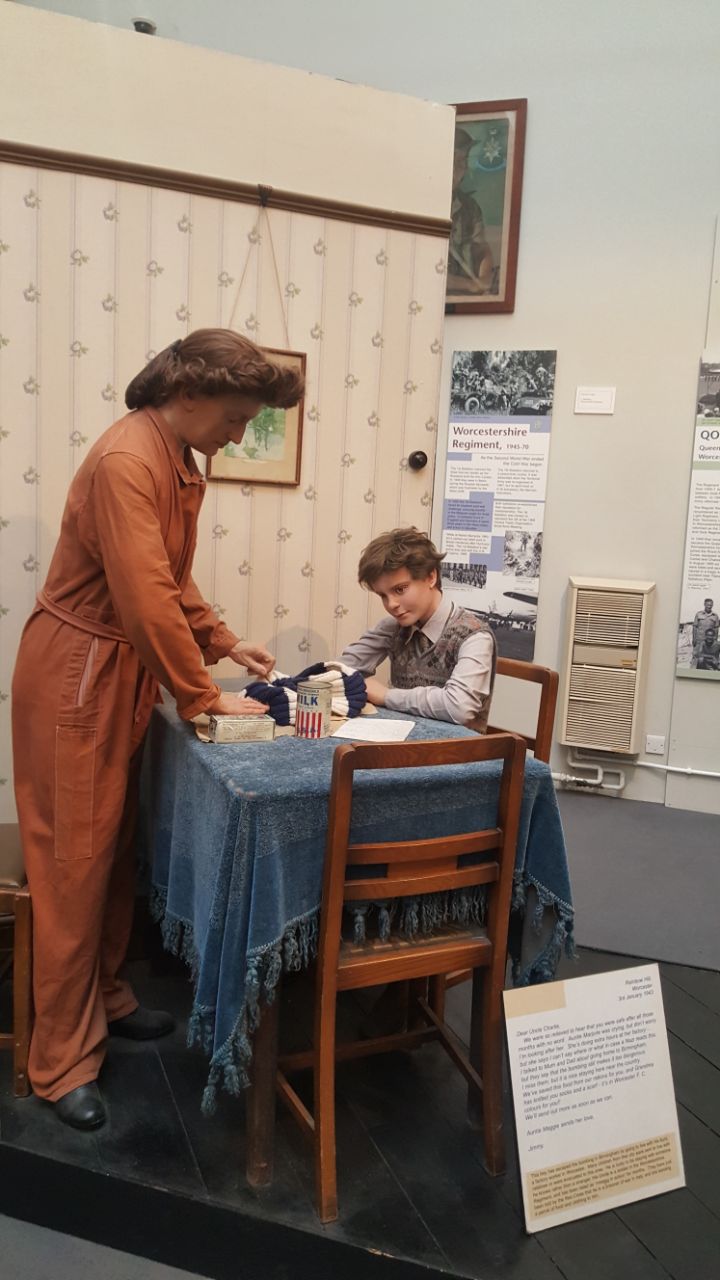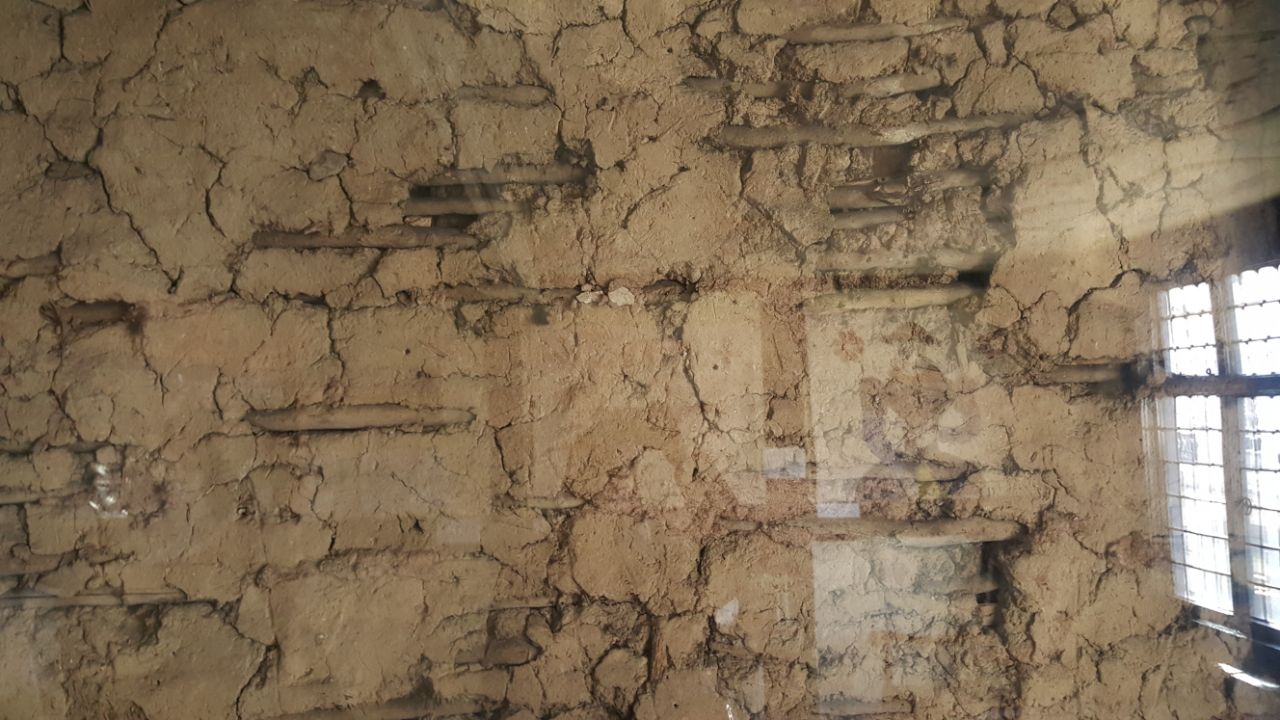Over the last four months I have been preparing a display, featuring an autopsy kit, at The Infirmary for my work placement at the University of Worcester. The kit is currently on loan from the George Marshal Medical Museum. I estimate the kit was in use from the late 19th century. Professional autopsies became more widely practiced after the 1832 Anatomy Act, which lessened the restrictions on the supply of bodies to dissect. This was indicated from the simplistic design of the tools, as well as the box. The mahogany box with brass buckles, was the fashion from the 19th to early 20th centuries. ‘J. Hague London’ was inscribed on most of the items, but I have not found any records so far as to indicate who this manufacturer was.
On my first day I was taken into the room where items were stored and shown how to safely handle objects, especially these with blades This was a completely new and exciting experience, so I was shown the procedures used in storing and keeping track of items. To find out about the autopsy kit, I went to the George Marshal Medical Museum at the Worcestershire Royal Hospital to look through catalogues of medical equipment. One catalogue dated back to 1844, so I had to place them on large pillows to support the spines. The catalogues helped me narrow a point to when the kit is likely to have been in use and the names for the various instruments. When I was putting up the display the biggest challenge was deciding how to arrange each of the pieces. I wanted to make sure everything was easy to see, but also to use the space evenly, to allow visitors a professional standard of quality.
I look forward to receiving feedback on the display. Feel free to get in contact with The Infirmary to let us know what you think. It would also be great if you know of any interesting facts about autopsies in the past or maybe something relating to this kit itself.
Stefan Simpson-Soye, Joint Honours History And Joint Politics: People & Power





